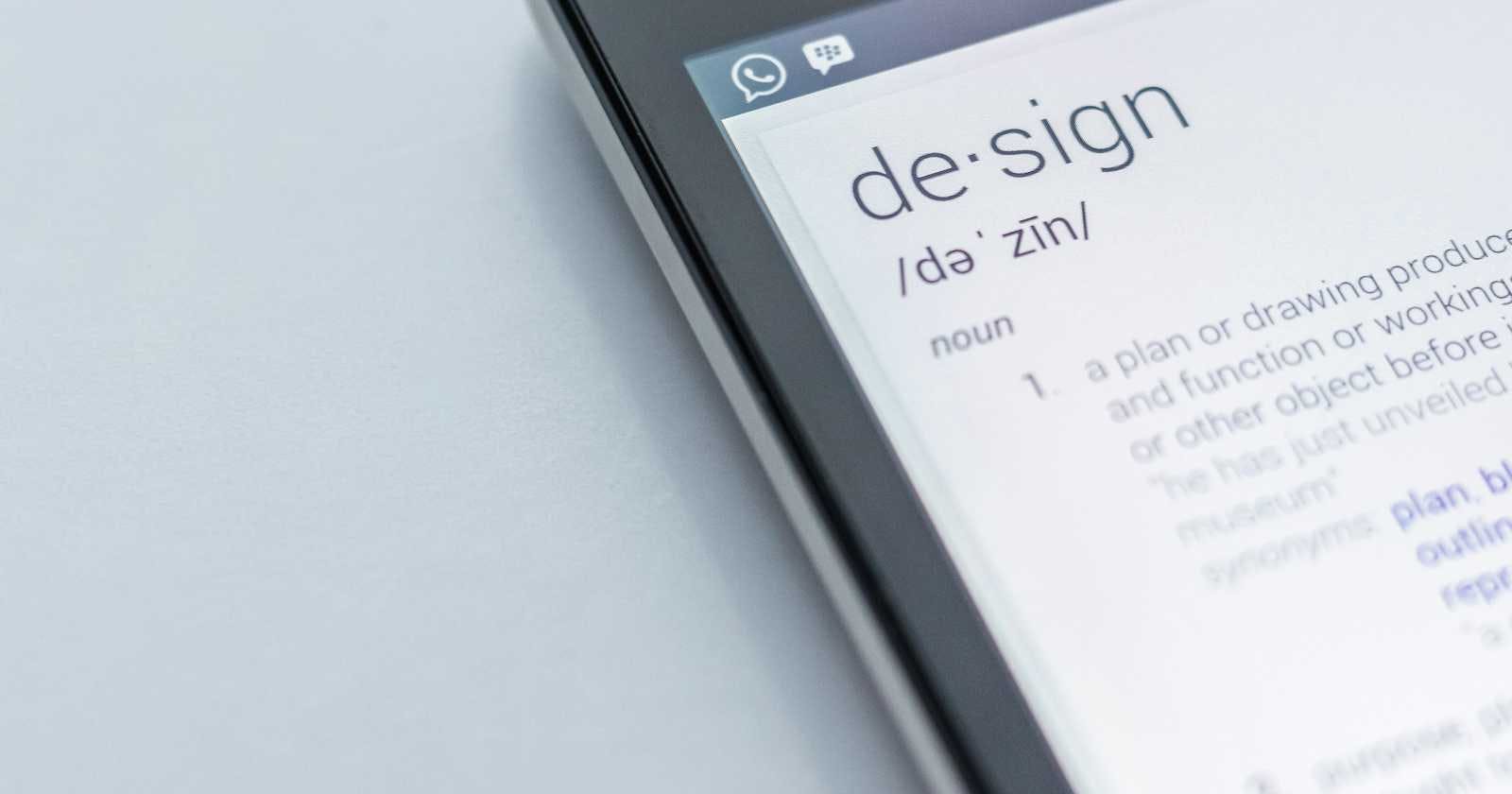In the realm of web design, accessibility is paramount. One often overlooked aspect is the focus indicator—a crucial element that ensures users can navigate websites seamlessly, especially those who rely on keyboard navigation or assistive technologies. In this article, we delve into the significance of accessible focus indicators and explore where to find inspiration and guidance for implementing them effectively.
The Importance of Accessible Focus Indicators:
Accessible focus indicators play a vital role in ensuring that users can easily identify where they are navigating on a webpage. For individuals with disabilities or those who prefer keyboard navigation, these indicators serve as visual cues, enhancing the overall user experience.
Where to Find Interesting and Accessible Focus Indicators:
W3Schools: A reputable source for web development tutorials and examples, W3Schools offers insights into creating accessible focus indicators that adhere to best practices and standards.
MDN Web Docs: Mozilla Developer Network provides comprehensive documentation on web technologies, including guidance on accessible design principles and focus indicators.
A11y Project: A collaborative initiative aimed at promoting web accessibility, the A11y Project offers valuable resources and guidelines for developers seeking to incorporate accessible focus indicators into their designs.
CSS-Tricks: With its extensive collection of articles and tutorials on CSS and web design, CSS-Tricks is a treasure trove of information for designers looking to elevate their focus indicator game.
WebAIM: As a leading authority on web accessibility, WebAIM provides practical advice and tools for creating inclusive web experiences, including recommendations for implementing accessible focus indicators.
Incorporating accessible focus indicators into web design not only enhances usability but also demonstrates a commitment to inclusivity and user-centricity. By leveraging resources and guidelines from reputable sources like W3Schools, MDN Web Docs, A11y Project, CSS-Tricks, and WebAIM, designers can ensure that their websites are accessible to all users, regardless of their abilities or preferences.
As designers, let's embrace the challenge of creating web experiences that prioritize accessibility and empower users to navigate the digital landscape with ease. With the right tools and knowledge at our disposal, we can make the web a more inclusive and welcoming space for everyone.
#Accessibility #WebDesign #UIUX

